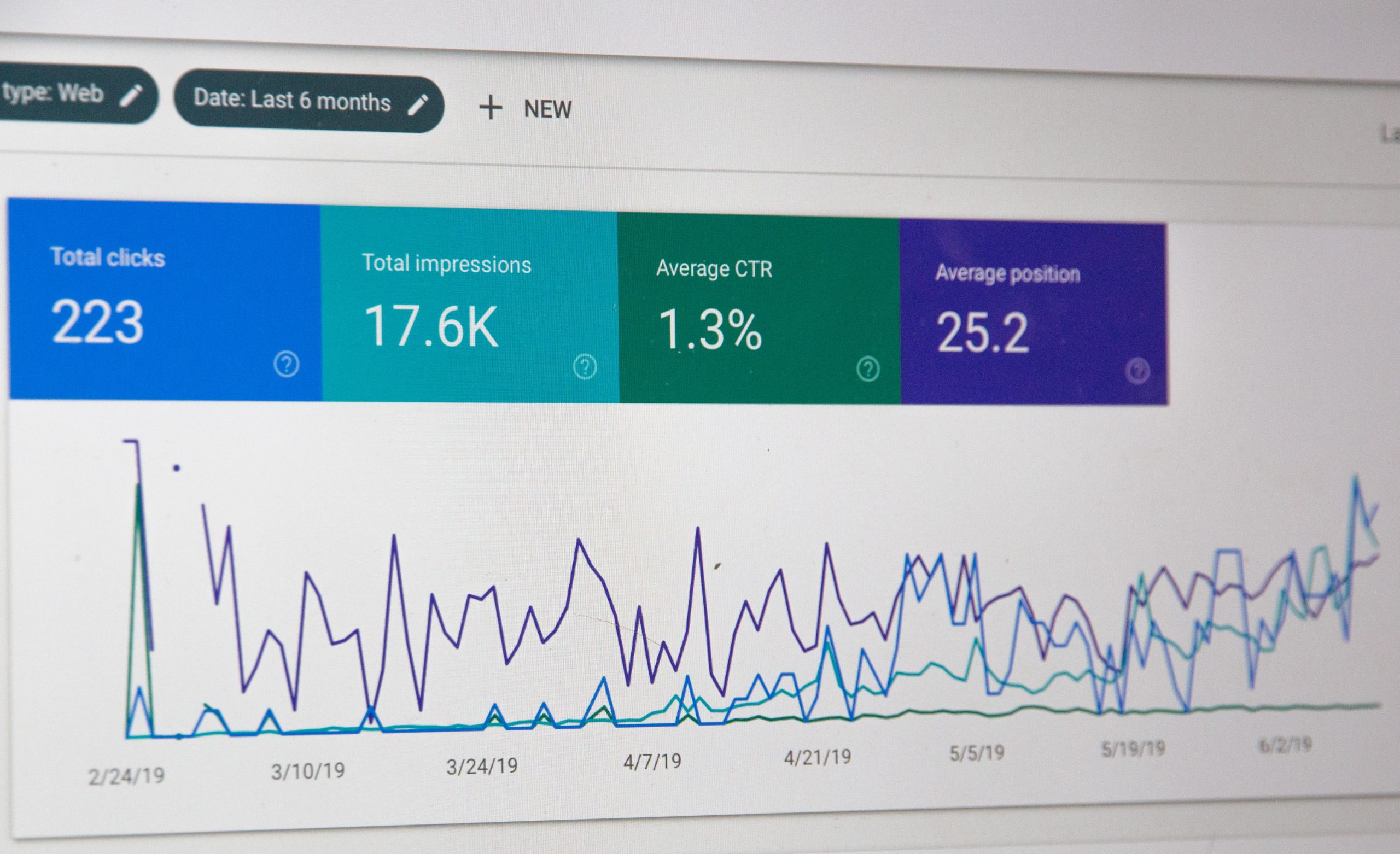
Introduction: Understanding the Importance of Keyword Analysis in Content Strategy
In today’s digital landscape, keyword analysis plays a crucial role in developing an effective content strategy. By understanding the importance of keyword analysis, businesses can optimize their content for search engines and improve their visibility in search engine rankings. Keyword analysis involves researching and identifying the specific words or phrases that are relevant to a business’s target audience. These keywords act as signposts that guide search engines towards relevant content when users conduct online searches. By strategically incorporating these keywords into their content, businesses can increase their chances of appearing on search engine results pages (SERPs) and attracting organic traffic. A well-executed keyword analysis helps businesses gain insights into the language, preferences, and behavior of their target audience. By understanding the specific terms and phrases that potential customers use when searching for products or services, businesses can tailor their content to meet those needs effectively. Moreover, keyword analysis is instrumental in SEO optimization. By optimizing web pages with relevant keywords, businesses can signal to search engines that their content is highly relevant to specific user queries. This can lead to improved search engine rankings and increased visibility among potential customers. keyword analysis is an essential component of any successful content strategy. It allows businesses to align their content with the needs and preferences of their target audience while optimizing it for improved search engine rankings. By investing time and effort into thorough keyword research and implementation, businesses can enhance their online presence and attract valuable organic traffic.Step 1: Defining Your Content Goals and Target Audience
Content goals, target audience analysis, buyer persona, user intent, content relevance Before diving into the creation of your content, it is crucial to define your content goals and identify your target audience. This initial step sets the foundation for a successful content strategy. Content goals refer to the specific objectives you want to achieve through your content. These can include increasing brand awareness, driving website traffic, generating leads, or establishing thought leadership. By clearly defining your goals, you can align your content creation efforts accordingly. Understanding your target audience is equally important. Conducting a thorough analysis of your target audience helps you create content that resonates with them. This involves developing buyer personas, which are fictional representations of your ideal customers. By delving into their demographics, interests, pain points, and preferences, you gain valuable insights into crafting relevant and engaging content. Lastly, ensuring that your content is relevant to both your target audience and their search queries is essential for success in today’s digital landscape. Search engines prioritize delivering the most relevant results to users’ queries. Therefore, creating high-quality and targeted content helps improve its visibility in search engine results pages (SERPs) and increases the likelihood of attracting organic traffic.Step 2: Conducting Thorough Keyword Research and Analysis
When it comes to optimizing your website for search engines, conducting thorough keyword research and analysis is a crucial step. By understanding the search behavior of your target audience, you can uncover valuable insights that will inform your content strategy and help drive organic traffic to your site. Keyword research tools play a vital role in this process. These tools provide you with data on popular search terms, related keywords, and their search volume. By using such tools, you can identify high-volume keywords that are relevant to your business or industry. In addition to targeting broad keywords, it’s also important to consider long-tail keywords. These are longer and more specific keyword phrases that have lower search volume but often indicate higher user intent and conversion potential. Incorporating long-tail keywords into your content can help you attract more qualified leads. Once you have identified potential keywords, conducting a thorough analysis of their search volume is essential. This analysis helps you understand how frequently people are searching for those specific terms. By focusing on high-volume keywords, you can increase the visibility of your content in search engine results pages (SERPs).Step 3: Analyzing Competitor Keywords and Identifying Content Gaps
In order to stay ahead of the competition and gain a competitive advantage, it is crucial for businesses to conduct thorough competitor keyword research and analyze content gaps. This step, known as “Analyzing Competitor Keywords and Identifying Content Gaps,” allows companies to understand the keywords that their competitors are targeting and identify areas where they can fill in the gaps. By conducting a comprehensive competitor analysis, businesses can gain valuable insights into their competitors’ strategies and identify keywords that are driving traffic and conversions. This analysis helps in understanding what keywords are already being targeted by competitors, allowing companies to refine their own keyword strategy. By focusing on competitor keyword research and content gap analysis, businesses can gain a competitive advantage by understanding what is working for their competitors and finding ways to differentiate themselves. This step is essential in developing a strong SEO strategy that drives organic traffic, enhances brand visibility, and ultimately leads to increased conversions and success in the digital landscape.
Step 4: Prioritizing Keywords Based on Relevance and Search Volume
In the world of SEO, prioritizing keywords based on relevance and search volume is a crucial step in optimizing your website’s visibility. By understanding the importance of both relevance and search volume metrics, you can strategically select high-impact keywords that will drive valuable organic traffic to your site.
Relevance score plays a vital role in determining how well a keyword aligns with your content and target audience. It measures the degree to which a keyword matches the intent behind user searches. When selecting keywords, it’s essential to prioritize those that are highly relevant to your business or industry. This ensures that the content you create will resonate with your target audience and provide them with valuable information or solutions.
On the other hand, search volume metrics provide insights into how frequently users are searching for specific keywords. High search volume indicates a greater potential for visibility and traffic generation. However, it’s important to strike a balance between high search volume and relevance. Choosing keywords solely based on search volume may lead to attracting irrelevant traffic that doesn’t convert.
To prioritize keywords effectively, consider using tools and platforms that provide comprehensive data on both relevance scores and search volumes. These tools can help you identify high-impact keywords that have a good balance between relevance and search volume. By focusing on these high-impact keywords, you can optimize your website’s content for maximum visibility in search engine results pages (SERPs) while ensuring that you attract relevant traffic that is more likely to convert.
Step 5: Incorporating Keywords Naturally into Your Content Strategy
In today’s digital landscape, on-page optimization techniques play a crucial role in ensuring that your content is visible and discoverable by search engines. One key aspect of this optimization is incorporating keywords naturally into your content strategy.
Keyword placement strategies are essential for boosting your website’s visibility and attracting organic traffic. However, it’s important to remember that keyword stuffing or over-optimization can have negative consequences on your search engine rankings.
To strike the right balance, adopting a semantic SEO approach can be highly effective. This approach focuses on understanding the context and intent behind user searches rather than solely relying on specific keywords. By creating high-quality, informative content that addresses user needs, you can naturally incorporate relevant keywords throughout.
By incorporating keywords naturally into your content strategy, you not only improve your website’s visibility but also enhance the overall user experience. Users will find valuable information while search engines recognize the relevance and authority of your content.
Remember, effective keyword placement is about seamlessly integrating targeted keywords within your content without compromising its readability or value to the reader. With a strategic approach to incorporating keywords naturally, you can optimize your content for both search engines and users alike.
Step 6: Monitoring and Adjusting Your Keyword Strategy Over Time
In today’s competitive online landscape, monitoring and adjusting your keyword strategy is crucial for maintaining a strong online presence. Step 6 of our guide focuses on the importance of continuously evaluating and adapting your keyword strategy over time.
To effectively monitor the performance of your keywords, it is essential to utilize performance tracking tools. These tools provide valuable insights into how your keywords are ranking in search engine results pages (SERPs) and help you identify areas for improvement.
Rank tracking is a key component of monitoring your keyword strategy. By regularly tracking the rankings of your targeted keywords, you can gauge their effectiveness and make necessary adjustments to improve visibility and organic traffic.
By consistently monitoring and evaluating the performance of your keywords, you can identify trends, uncover new opportunities, and make data-driven decisions to optimize your SEO efforts. This iterative process ensures that you stay ahead of the competition and maintain a strong position in search engine results.
In conclusion, utilizing performance-tracking tools, conducting rank-tracking analysis, and evaluating keyword performance are essential steps in effectively monitoring and adjusting your keyword strategy over time. By staying proactive in this process, you can continuously optimize your SEO efforts for maximum impact on organic search visibility and overall business success.
Conclusion: Elevate Your Content with a Strategic Approach to Keyword Analysis
In conclusion, incorporating a strategic approach to keyword analysis is crucial for elevating your content and maximizing its impact. By conducting thorough keyword research and analysis, you can optimize your content to align with the needs and preferences of your target audience.
Keyword analysis allows you to identify the most relevant keywords that resonate with your target audience and are frequently searched for on search engines. By strategically incorporating these keywords into your content, you can improve its visibility and increase the chances of attracting organic traffic.

Furthermore, a strategic approach to keyword analysis enables you to stay ahead of the competition in terms of search engine optimization (SEO). By understanding which keywords are being targeted by your competitors and identifying gaps in their strategies, you can position yourself as a leader in your industry.
Remember that effective keyword analysis goes beyond simply stuffing your content with popular keywords. It requires a deep understanding of your target audience’s intent and preferences. By crafting high-quality content that addresses their needs while incorporating relevant keywords naturally, you can create a valuable user experience that not only drives traffic but also engages and converts visitors.














